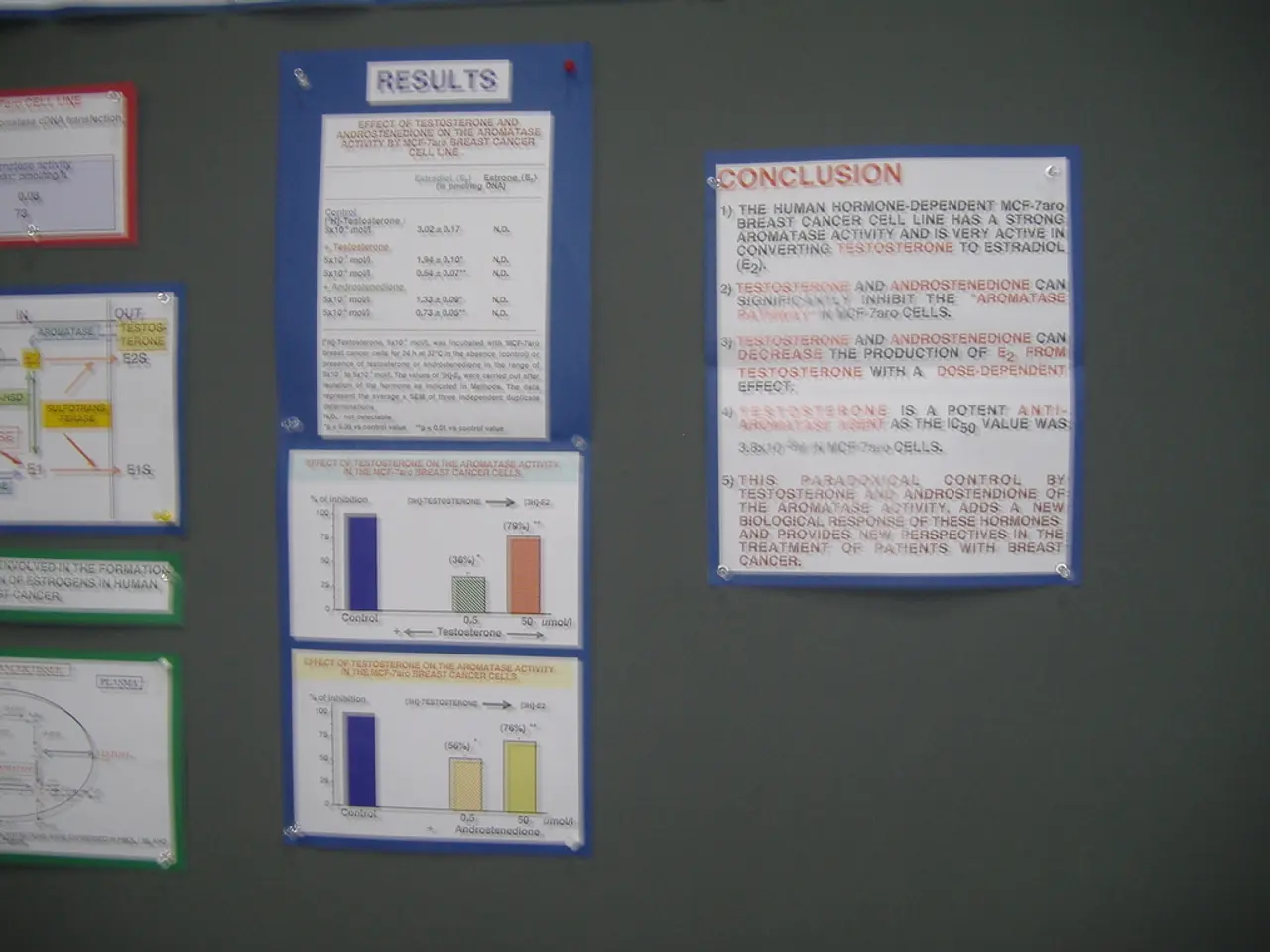Enhancing Informative Materials for Stroke Patients Through the Use of Graphic Representation
In today's digital age, visual communication has become a powerful tool in health education, particularly in the realm of stroke prevention. Here's how infographics can make a difference.
Heart disease, the leading cause of death worldwide, includes strokes, which are the fifth-most common cause of death in the United States according to the CDC. Public knowledge about strokes is lacking, and with the rise of virtual medical care, creating easy-to-digest content is increasingly valuable.
Infographics, a blend of visuals like photos, icons, illustrations, data visualizations, and diagrams, can support the purpose and reinforce key ideas. They are particularly beneficial for people with lower literacy and data literacy skills. In fact, it's estimated that 65% of people are visual learners.
Creating engaging, thoughtful infographics can equip patients and their families with the tools to take care of their health and get the medical care they need. Here are some best practices for creating effective stroke prevention infographics:
- Focus on a single central idea: Whether it's stroke prevention strategies, symptom recognition, or treatment options, keeping the message clear and concise is crucial.
- Use clear, simple icons and stepwise diagrams: These make processes easier to follow and understand, helping to engage the viewer.
- Incorporate data visualizations: Bar charts, pie charts, or line graphs can display stroke statistics and risk factor prevalence, making abstract data relatable and impactful.
- Include anatomical illustrations: Simplified diagrams of the brain and blood vessels can explain stroke types and affected brain areas, linking symptoms to causes effectively.
- Apply consistent color coding and contrast: Differentiation between types of strokes, risk levels, or urgent actions can enhance clarity and guide comprehension.
- Combine concise, jargon-free text with visuals: Clear headings, bullet points, and sufficient white space can improve readability and knowledge retention while avoiding information overload.
- Ensure the content is tailored to the target audience: Whether patients or caregivers, the information should match their knowledge level and address their concerns for informed decision-making.
- Rely on accurate, medically validated information: Aligning with reputable sources like WHO, CDC, and NIH ensures trustworthiness and correctness.
- Design infographics to be versatile and shareable: They should be suitable for various platforms, including social media, clinics, health fairs, and educational programs, to maximize reach and engagement.
- Consider the inclusion of stroke recognition tools: The FAST acronym (Face drooping, Arm weakness, Speech difficulty, Time to call emergency services) can be a standard educational feature.
Infographics can help patients recognize signs of disease so they are prepared to seek treatment in a timely manner. By following these best practices, we can create effective, accessible, and memorable stroke prevention infographics that empower patients to recognize risk factors, prevent strokes, and seek timely care.
- In the realm of health education, data visualization through infographics plays a significant role in educating the public about medical-conditions, such as strokes, which are critical aspects of cardiovascular-health.
- The digital age has emphasized the importance of science and technology in improving health-and-wellness, particularly through innovative approaches like data visualization in infographics.
- As a blend of visual elements like photos, icons, illustrations, and data visualizations, infographics are invaluable tools for health education and raising awareness about fitness-and-exercise, mental-health, nutrition, and other lifestyle factors influencing personal-finance and overall well-being.
- Education-and-self-development in the 21st century often relies on visual communication, with infographics being an essential component of general-news and entertainment media to convey complex ideas in an easily digestible manner.
- For instance, infographics can create engaging content about the rising burden of heart disease, the leading cause of death worldwide, which includes strokes.
- In line with this, sports and its influence on health-and-wellness can also benefit from data visualization through infographics, as they can effectively highlight the impact of fitness-and-exercise on various components of health, including cardiovascular-health.
- Furthermore, infographics can support finance and personal-finance education by visualizing trends, statistics, and recommendations for maintaining a healthy lifestyle and achieving financial stability.
- Lastly, by accessing accurate, medically validated information from reputable sources like the World Health Organization (WHO), Centers for Disease Control and Prevention (CDC), and National Institutes of Health (NIH), the creation of effective infographics can contribute to the improvement of lifestyle, general-news consumption, and entertainment by ensuring that information is both trustworthy and impactful.




